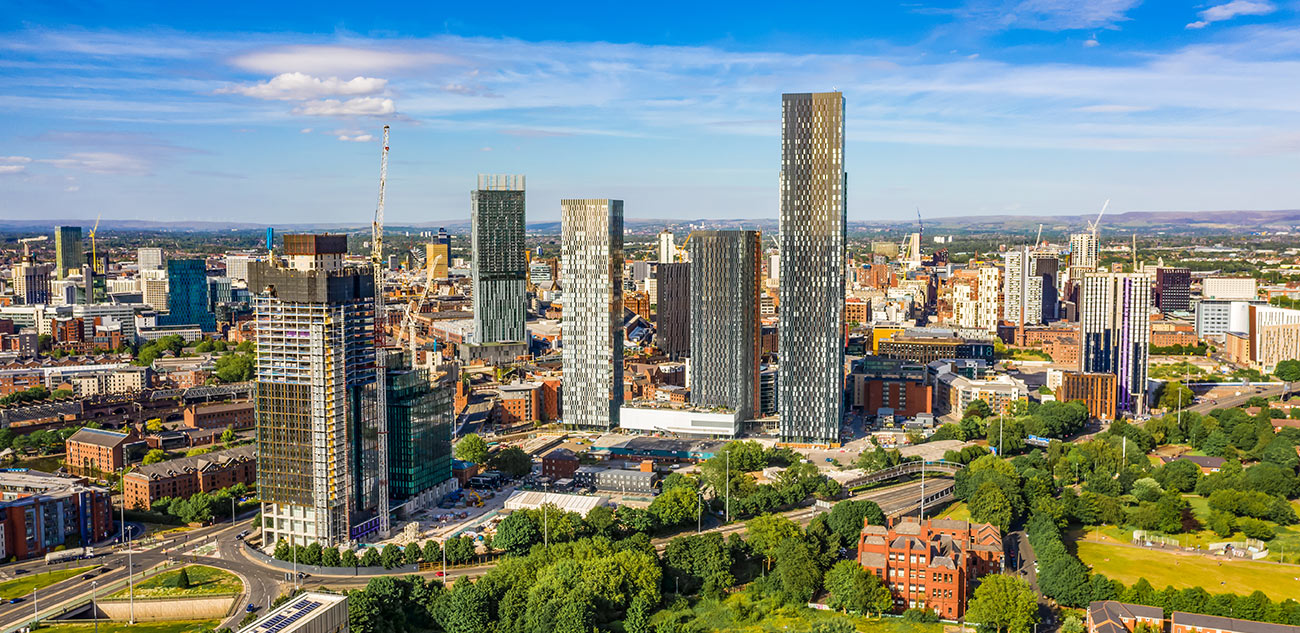Levelling Up: Third Time Lucky?

Last Monday, the Government announced who would be benefitting from the third round of the Levelling Up Fund. There were a few surprises.
The £4.8 billion Levelling Up Fund is the Government's major regeneration programme. The first 2 rounds of the Fund awarded £3.8 billion on a competitive basis to projects with one of the following themes: regeneration and town centres; local transport; and cultural and heritage assets. Unexpectedly, the third round sees funding awarded to high-quality bids that were also submitted in Round 2. The highest scoring bids have then been subject to ranking process based on an index of ‘need’ (Priority Places).
The Round 3 package is £1,105 million and 55 projects across Great Britain have been provisionally selected to receive funding. This includes £122 million for 6 projects in Scotland and a further £111 million for 7 projects in Wales, which amounts to 12% and 11% of the total Round 3 allocation respectively. Northern Ireland has been excluded and there has been £100m allocated to cultural projects.
Putting aside some of the politics, there are some really important implications here for both successful and disappointed local authorities.
Firstly, successful Round 3 recipients will be looking at re-animating projects that were developed in the Summer of 2022. A lot has happened in the 12 months that these projects have been sitting in the DLUHC inbox. Double digit inflation, and the impact on labour and materials may well impact the viability of many schemes. We know for example that in early 2022 ONS was reporting annual price inflation of 10.3% for ‘All Construction Activity’. Although this moderated over the course of the year, it is inevitable that projects will need to be rescoped, costs reassessed, partners re-engaged, and economic appraisals re-opened. We have already seen the havoc that inflation has caused to the Future High Street programme and Town Deals, and there’s little reason to expect LUF3 will be immune to the continuation of economic trends.
At the same time political reality and economic development challenges have changed. We have had local authority elections in May of this year overturning established political control in many areas, while the worsening of local authority finances is arguably impacting on the ability of places to deliver on regeneration challenges. According to a recent report by Unison, Councils in the three nations have a combined shortfall of almost £3.57bn in 2024/25. This includes for example both Sheffield City Council which is short some £72.7m and Bradford City Council (projected £72m deficit), who have both been awarded substantial LUF round funds.
We also still do not really know how a post-pandemic town centre will look, feel and function. It was only two weeks ago that senior civil service heads were asked to commit to their departments spending more than 60% of working hours in the office.
Similarly, there may be a lot of local authorities who hoped that LUF3 would be a case of second or third time lucky. Not appearing on this week’s list is a definitive confirmation that this won't happen. This does not mean that these schemes should be stood down, or that they are undeliverable. Good business cases will always find money, even if means being creative about how funding and financing is provided and being open to collaboration and new ways of working. That these local authorities have done the hard yards in identifying projects, engaging with local stakeholders and putting together ambitious yet achievable cases, will find councils well placed to attract both public and private funding in the future.
There’s no doubt that the projects that have received LUF3 funding now find themselves in solid position from which to deliver. However, a solid starting point does not necessarily guarantee a positive outcome, and just as those who have not found themselves successful will need to innovative to identify new funding options, those who have received LUF3 funding will also need to be agile and adaptive.
For further information, please contact:

